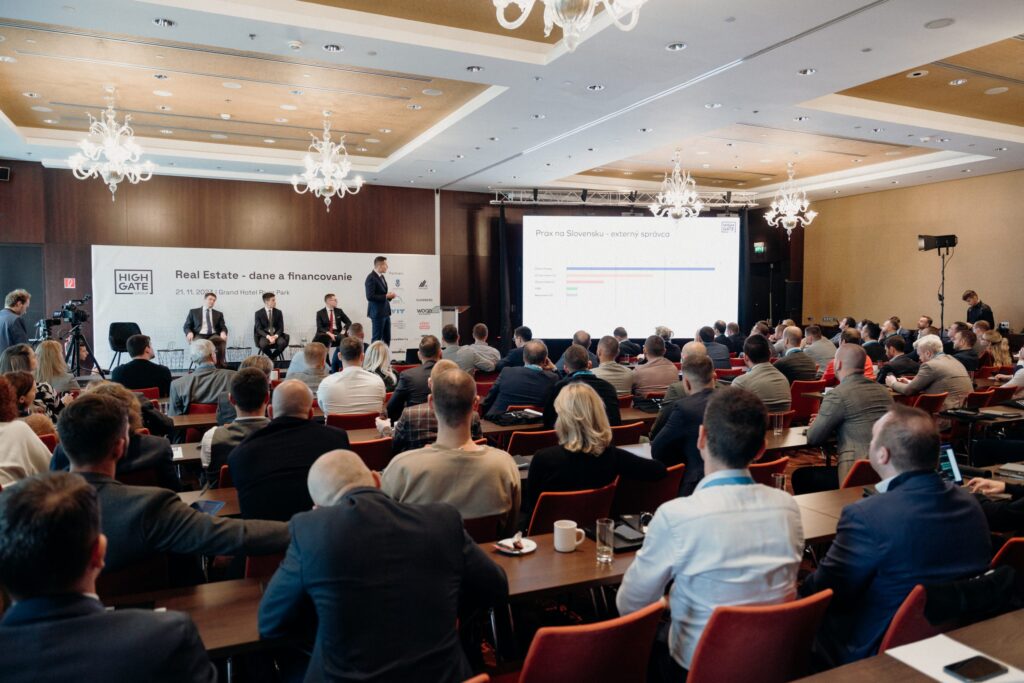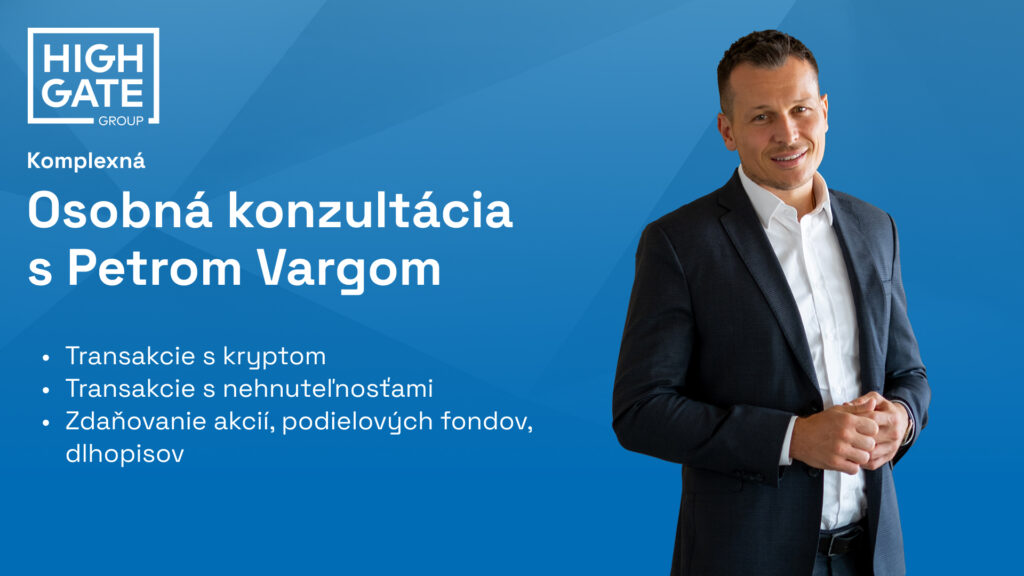
It has been 13 years since the adoption of the AIFMD. This directive has been of fundamental, even revolutionary, importance in the field of investment funds. And it has also been of fundamental importance for our advisory work in the legal and tax set-up of fund and quasi-fund (non-regulated) structures. AIFMD’s primary objective has been the integration of the EU market for alternative investment funds. And this has largely been achieved. The adoption of AIFMD II will further deepen this integration. The new legislation, among other things, brings a single harmonised regime for alternative investment funds providing loans, tightens the conditions for entrusting portfolio management and risk management functions, makes it possible to choose a depositary established in another Member State for the alternative investment fund under management, and extends the scope of information provided to investors.
On 15. Directive No. 2024/927[1] (“AIFMD II“). EU Member States must transpose AIFMD II into their national laws by 16 June at the latest. April 2026 , while the transposition deadline for some provisions has been postponed until 16. April 2027. AIFMD II fundamentally changes not only in particular the provisions of Directive No. 2011/61/EU[2] (“AIFMD“), but also partially amends Directive No. 2009/65/EC[3]. The changes introduced by AIFMD II apply to all management companies licensed under the AIFMD, but do not apply to the so-called “AIFMD II”. They do not apply to under-limited AIFMs.
We took a closer look at the topic of investment funds, including the differences between management companies and registered managers, at our conference on regulated structures in real estate:

One of the key objectives of AIFMD II is to harmonise the rules for alternative investment funds (AIFs) providing credit. The aim is to create an efficient and functioning internal market for AIF lending within the EU. The harmonisation of AIF lending is further intended to ensure a consistent level of investor protection across Member States and also to facilitate access to (alternative) finance for businesses.
A lending AIF[4] is such an AIF under AIFMD II:
(a) whose investment strategy consists primarily of lending; or
(b) the loans granted have a nominal value of at least 50 % of its net asset value.
At the same time, the term “extension of credit”[5] within the meaning of AIFMD II means the granting of credit:
(a) directly from the AIF as the original lender; or
(b) indirectly through a third party or special purpose vehicle(SPV) that originates the loan for or on behalf of the AIF, or an AIF management company (‘AIFM‘) for or on behalf of the AIF in relation to the AIF, where the AIFM or AIF is involved in structuring the loan or in defining or pre-approving its characteristics before acquiring exposure to the loan.
At this point it should be noted that the Slovak translation of AIFMD II uses a single term “loan origination”, while the English version of AIFMD II differentiates between “loan origination” and “originating a loan”. It is important to see this distinction in the context that a loan-originating AIF is an AIF that meets the above criteria, but at the same time some of the provisions of AIFMD II will also apply to those AIFs that do not qualify as loan-originating AIFs but are involved in the origination of loans (” AIFs that originate loans”).
The term “loan “ itself is not defined in the AIFMD II, which may cause some interpretative confusion in the future, specifically as to what all transactions will qualify as a “loan” for the purposes of the AIFMD II. In this respect, ESMA can be expected to provide its opinion on the issue[6].
Under AIFMD II, an AIFM will also be able to apply for authorisation to provide an additional service[7], namely credit management activities. In such a case, the AIFM will be obliged to, for example[8]:
(a) establish effective policies, procedures and processes for the assessment of credit risk and the management and monitoring of its loan portfolio, ensure that those policies, procedures and processes are kept up to date and effective and review them at least annually;
(b) ensure that the nominal value of loans granted by the AIF it manages to any one borrower does not exceed in aggregate 20% of the capital of that AIF where the borrower is a finance company[9], another AIF or a UCITS fund;
(c) comply with lending restrictions under which the AIF will not be able to lend to, for example, its AIFM, or. its employees, its depositary or entities in the same group as the AIFM;
(d) disclose all costs and expenses associated with loan servicing; and
(e) ensure that the AIF it manages retains 5% of the nominal value of each loan made by the AIF and subsequently transferred to third parties.
However, authorisation for the activity of loan management shall not be required for the granting of shareholder loans, provided that the nominal value of such loans does not exceed in total 150 % of the AIF’s capital.
AIFMD II provides[10]that the AIFM is obliged to ensure that the AIF lending which it manages is closed. At the same time, however, this Directive allows for such an AIF to be kept open if the AIFM is able to demonstrate to its supervisory authority that the liquidity risk management system of such an AIF will be compatible with its investment strategy and redemption policy.
Liquidity management tools available to AIFMs managing open-ended AIFs include[11] under AIFMD II will include, for example, suspension of subscriptions, redemptions and redemptions, restrictions on redemptions, extension of notice periods for redemptions, redemption fees or swing pricing mechanisms. These instruments may only be used if they are provided for in the AIF’s statutes or constituent documents.
AIFMD II introduces a new requirement to appoint at least two natural persons who are either full-time employees of the AIFM or full-time executive or management board members of the AIFM and who reside in the EU to carry out the activities of the AIFM.[12]
AIFMs that delegate portfolio management or risk management functions will be subject to enhanced reporting obligations and will be required to provide additional information to their supervisor as part of the reporting process on the delegated persons, e.g. the number of full-time equivalents of staff used by the AIFM to perform day-to-day portfolio management or risk management tasks, a list and description of the activities related to portfolio management and risk management functions that are delegated, the number of full-time equivalents of staff used by the AIFM to monitor delegation arrangements, the number and dates of periodic due diligence reviews carried out by the AIFM to monitor delegated activity, and others.
Similarly, the enhanced conditions regarding entrustment will also apply when applying for an AIFM authorisation, where the applicant will also have to provide, for example, the following information: (i) a detailed description of the human and technical resources used by the AIFM to carry out the day-to-day tasks of portfolio management or risk management and monitoring of the entrusted activities, or, for example (ii) a description of the regular due diligence measures to be carried out by the AIFM to monitor the delegated activity.
In order to increase competition in depositary services, AIFMD II introduces a regime under which Member States have the possibility to allow their supervisory authorities to allow the designation of a depositary established in another Member State. Currently, under Art. 21 para. 5 of the AIFMD, the depositary must be established in the home Member State of the AIF (if the AIF is domiciled in the EU).
The designation of a depositary from another Member State will be possible under AIFMD II provided that the following conditions are met[13]:
(a) the AIFM has received a reasoned request from the competent supervisory authority for permission to designate a depositary established in another Member State and that request demonstrates a lack of depositary services in the AIF’s home Member State that are capable of effectively meeting the needs of the AIF with regard to its investment strategy; and
(b) the total amount of assets entrusted to custody on the national market of the depositaries of the home Member State of the AIF on behalf of EU AIFs authorised or registered under the relevant national law and managed by the EU AIFM does not exceed EUR 50 billion or the equivalent in any other currency.
The regulation of the provision of information to investors, which is regulated in Article 23 of the AIFMD, will also undergo changes. Under the new legislation, the AIFM will be required to make available to investors before making an investment, in addition to the information previously required, for example (i) the fees, costs and expenses which it incurs and which subsequently accrue, directly or indirectly, to the AIF or to one of its investments; or (ii) information on redemption rights in both normal and exceptional circumstances, existing redemption arrangements with investors and the possibilities and conditions for the use of liquidity management tools.
The AIFM will also be required to provide investors with the following information on a regular basis for each AIF it manages and distributes in the EU:
(a) the composition of the loan portfolio,
(b) once a year, all fees, costs and expenses directly or indirectly borne by investors,
(c) once a year, any parent undertaking, subsidiary or special purpose vehicle used in connection with the AIF’s investments by or on behalf of the AIFM.
Given the transposition deadline of two years, we will have to wait some time for the relevant draft amendment to the Collective Investment Act. It will also be interesting to see whether Slovak AIFMs take the opportunity to create AIFs with an investment strategy focused on lending. In the Slovak realities, this issue is inevitably linked to the fact that it is common for a Slovak AIFM to be part of a group that includes a banking institution, thus potentially representing direct competition for the AIF providing credit.
If you are interested in this topic, please do not hesitate to contact us:
We have been involved in the field of collective investment for a long time, as evidenced by our award in the prestigious Law Firm of the Year 2024 competition , in which we won the “Capital Markets” category.
Alternatively, you can address your specific questions in a consultation with our partner Peter Varga, who specialises in financial regulation and tax law. You can book a consultation here:

[1] Directive (EU) 2024/927 of the European Parliament and of the Council of 13 March 2024 amending Directives 2011/61/EU and 2009/65/EC as regards delegation agreements, liquidity risk management, supervisory reporting, the provision of depositary and custody services and the provision of credit by alternative investment funds.
[2] Directive 2011/61/EU of the European Parliament and of the Council of 8. June 2011 on Alternative Investment Fund Managers and amending Directives 2003/41/EC and 2009/65/EC and Regulation (EC) No. 1060/2009 and (EU) No. 1095/2010.
[3] Directive 2009/65/EC of the European Parliament and of the Council of 13 July 2009 on the coordination of laws, regulations and administrative provisions relating to undertakings for collective investment in transferable securities (UCITS).
[4] Article 4, para. 1 lit. (at) AIFMD, as amended by AIFMD II.
[5] Article 4, para. 1 lit. (ar) AIFMD, as amended by AIFMD II.
[6] European Securities and Markets Authority.
[7] In the Slovak Act No. 203/2011 Coll. on collective investment, as amended (hereinafter referred to as the “Collective Investment Undertaking Act“), the additional services that an AIFM may currently perform (if authorised to do so) are defined in Section 27(6). The adoption of AIFMD II will require an amendment of this provision as well.
[8] Article 15 of the AIFMD, as amended by AIFMD II.
[9] As defined in Article 13(25) of Directive 2009/138/EC of the European Parliament and of the Council.
[10] It does not apply to AIFs engaged in lending, only to AIFs engaged in lending.
[11] Annex V of the AIFMD, as amended by AIFMD II.
[12] Art. 8 par. 1 lit. (c) AIFMD, as amended by AIFMD II.
[13] Art. 21 par. 5a AIFMD, as amended by AIFMD II.
Law & Tax
Tomas Demo
tomas.demo@highgate.sk
Accounting
Peter Šopinec
peter.sopinec@highgate.sk
Crypto
Peter Varga
peter.varga@highgate.sk